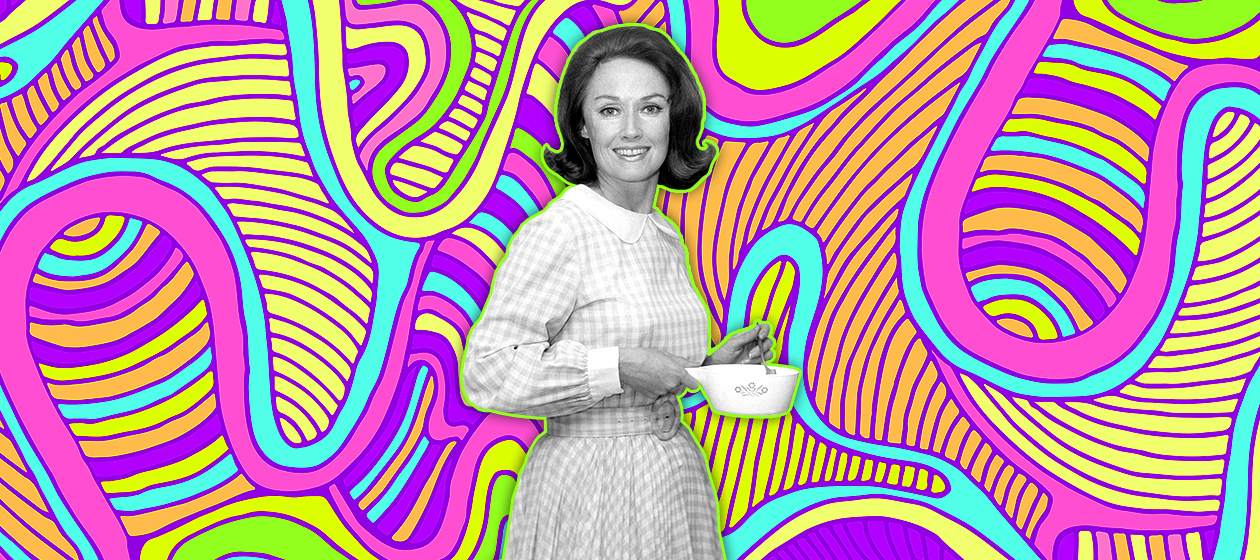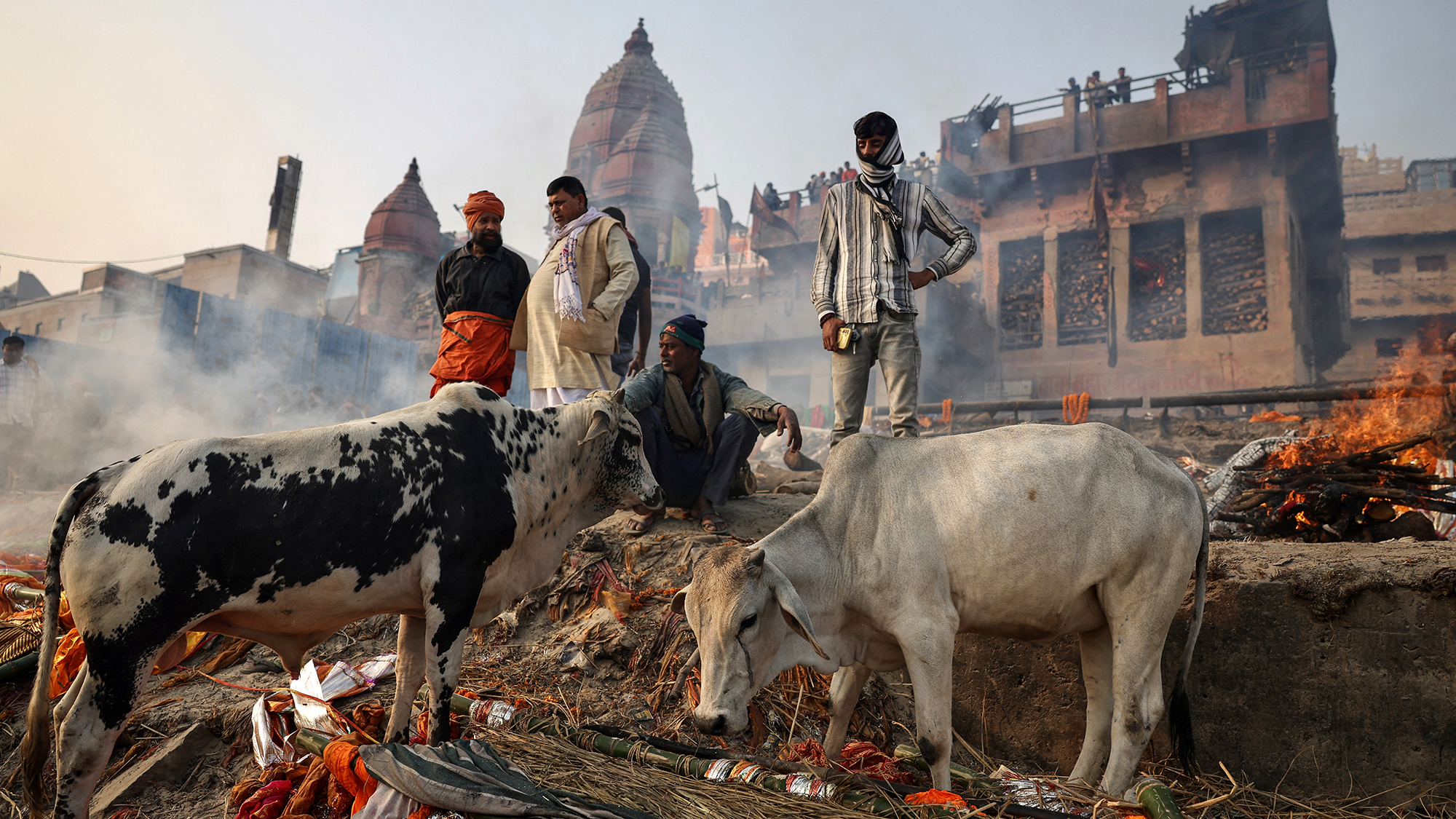I smoke weed. I'm still a responsible parent.
It's time for parents like me to come out of the weed closet

I don't want to shock you, but more than half of the 55 percent of American adults who use some form of cannabis are parents. Of that half, 16 million have children under the age of 18. Let me repeat that: Many cannabis users are parents. With. Young. Children. Many pot-smoking parents, even if they live in a state where weed is legal, feel the need to remain anonymous, so you may not know about the legions of them because stigma still abounds.
I hereby exit the weed closet and admit that I am a parent who occasionally enjoys cannabis. But before you call social services, please hear me out.
We all know that alcohol is a part of parent culture. Hell, it's a part of the culture. Sunday barbecues go with beer. Mom's night out is at a local wine bar. Weddings, birthdays, baseball games — you name it, Americans like to drink. And most people would agree that it's OK for a parent to have a glass of wine, or even two, while parenting. Obviously, not while driving one's kids to art class. Obviously, not with breakfast. Obviously, not to any kind of excess, since that's unhealthy for everyone, and potentially dangerous. But in moderation, it's okay.
The Week
Escape your echo chamber. Get the facts behind the news, plus analysis from multiple perspectives.

Sign up for The Week's Free Newsletters
From our morning news briefing to a weekly Good News Newsletter, get the best of The Week delivered directly to your inbox.
From our morning news briefing to a weekly Good News Newsletter, get the best of The Week delivered directly to your inbox.
I think the same is true for cannabis. Adults can consume it responsibly and still be good parents. They can hold down jobs, pay bills, feed and house their families, and provide emotional support. They can teach their kids the social, self-care, and intellectual skills life requires and they — we — shouldn't be stigmatized.
Let's take a step back and talk a bit about how and when cannabis became illegal in the U.S. During colonial times, farmers were encouraged — and at one point in Virginia, required — to grow hemp (a low-THC cannabis plant) for its many industrial uses. Cotton gradually replaced hemp as a fiber used for rope and clothing, but people found many medicinal uses for hemp extract and it enjoyed a period of prominence as an ingredient in the pharmacopeia of the times between 1850 and 1937.
Mexican immigrants brought the practice of smoking marijuana (as well as the slang term itself) recreationally in the early 20th century, and it caught on with some subcultures, including Jazz musicians, and — later — Beatniks. In 1930, it was possible to legally buy cannabis intended for smoking, and so-called "tea pads" proliferated in New York City, among other places. But as economic and racial tensions between white Americans and Mexican immigrants grew (piled on to the long-standing institutional racism against black Americans), from the 1910s through the Great Depression, a deliberate demonization of the plant got underway.
Henry Anslinger, appointed as the first commissioner of the Federal Bureau of Narcotics in 1930, is credited with this statement: "There are 100,000 total marijuana smokers in the U.S., and most are Negroes, Hispanics, Filipinos, and entertainers. Their Satanic music, jazz and swing result from marijuana use. This marijuana causes white women to seek sexual relations with Negroes, entertainers, and any others."
A free daily email with the biggest news stories of the day – and the best features from TheWeek.com
Wow.
The 1936 propaganda film, Reefer Madness, depicts white American teenagers in the throes of "drug-crazed abandon" that leads them down a path of murder, sexual violence, hallucination, madness, and suicide. It was closely followed, in 1937, by the Marihuana Tax Act, which criminalized cannabis. And by 1970 all cannabis — medicinal and recreational — was outlawed in America. Despite evidence that white people use cannabis as much as anyone else, the racist, unsubstantiated underpinnings of U.S. cannabis policy continues today in the form of much higher rates of arrest and incarceration for people of color.
This is all to say that cannabis' legal status is largely a product of opinion and prejudice — not policy based on science. In fact, a 2017 study from the University of Colorado-Boulder shows that alcohol use is more damaging to the brain than cannabis. A majority of Americans, 70 percent, believe that cannabis use is less risky than consuming alcohol.
Don't get me wrong: Addiction is real. Some people can't drink in moderation, and some people can't consume cannabis in measured amounts, either. It's a healthy decision for those people to abstain. But I'm here to say, quite unequivocally, that weed can be enjoyed in moderation by many adults, parents among them, and that — when used judiciously — it is neither a gateway drug, nor in conflict with normal functioning.
I smoked cannabis once in a while, like many of us did, in college and graduate school. It made me, someone on the introverted side, even a little quieter in groups. It also made me giggly and hungry.
I became pregnant in 2009, and cannabis dropped way off the radar for the first several years of my parenting journey. I wouldn't have taken the risk when pregnant or breastfeeding, and even once my kids were weaned, pot was still illegal in my state, and this warned me off. As a parent, I know that taking chances is a part of the deal; I learned to let my toddlers explore the play structure and find their own limits, which necessarily entails a risk of falling. But being arrested for cannabis was a risk I wasn't willing to take.
Then, Prop 64 changed everything.
Voters in my state of California approved Prop 64 in 2016, legalizing recreational cannabis; sales began in January of this year. According to Google Maps, today there are roughly 15 legal dispensaries within five miles of my home. Billboards advertise weed to anyone 21+. And the options are seemingly endless: loose flower, pre-roll, vape, edible, tincture, concentrate, oil, topical.
Many products are now measured in precise doses: one hit from the vape pen that I favor delivers 2.25 mg of cannabis in a 9:1 THC to CBD ratio. Budtenders offer hundreds of varieties (of roughly 2,300 reported strains) and help personalize the experience. Sativa strains stimulate the mind and promote creativity. Indicas are better for relaxation, anxiety relief, and sleep. There are even high-CBD, low-THC strains that hardly alter the user at all, beyond providing a pleasant sense of ease.
When I take a single hit from my favorite vape pen, I feel uplifted, relaxed, and slightly altered — not out of it. I can color for a long time with my almost-6-year-old daughter or get engrossed in a LEGO engineering project with my 8-year-old son. It's fun to watch movies with my family while mildly high — especially if it's Moana for the 10th time. On walks around my neighborhood, the shoots and blooms pop with color; the vibrant blue sky feels warm and endless. Listening to the waves crash on the beach becomes a soul-cleansing experience. My cooking — which honestly ranges from OK to pretty good — tastes heavenly when I'm high. CBD oil also helps me sleep, and a topical CBD ointment is the only thing I've found that relieves chronic pain from plantar fasciitis. Using cannabis again has been a game-changer in my overall quality of life.
I don't drive or work when I'm high, ever. And while I don't consume in front of my kids, I feel I'm within safe limits when hanging around our house, or out walking together. Nothing too strenuous, or technical, or demanding of great heights of intellect.
And before you ask, yes, I'm careful about storing cannabis with young kids at home. I've also talked to them in general terms about what it is, and why it's not good for them. Science backs up conventional wisdom that children — in fact, anyone under 25 — should not smoke or consume cannabis because of its effects on the developing brain (with the important exception of using CBD for treating certain intractable pediatric conditions).
It makes a lot of sense to educate young people about the risks of cannabis use in a similar kind of nuanced way that we may also educate about sex and alcohol: It is not evil, but it isn't always safe, and it's important to know how to partake in it responsibly. Parents are capable of imparting this information, and kids are capable of understanding it.
So, let's stop the fear and shame campaign, the self-doubt and recrimination. If you live in a legal state, come out of the weed closet with me. It may not be making us super-parents, but neither is it making us worse ones. It makes us totally normal parents who want to relax and have fun once in a while — and are perfectly entitled to do so. Yes, we can handle our kids and responsibilities, as well as our weed.
Danielle Simone Brand is a San Diego-based mother of two, a die-hard idealist, and a breaker of conventions. She began her career as a yoga teacher back when most people thought that was a strange thing to do. She holds a BA from Dartmouth College and an MA from American University and has worked as a staff writer, an academic editor, and a researcher on issues of international conflict resolution.


